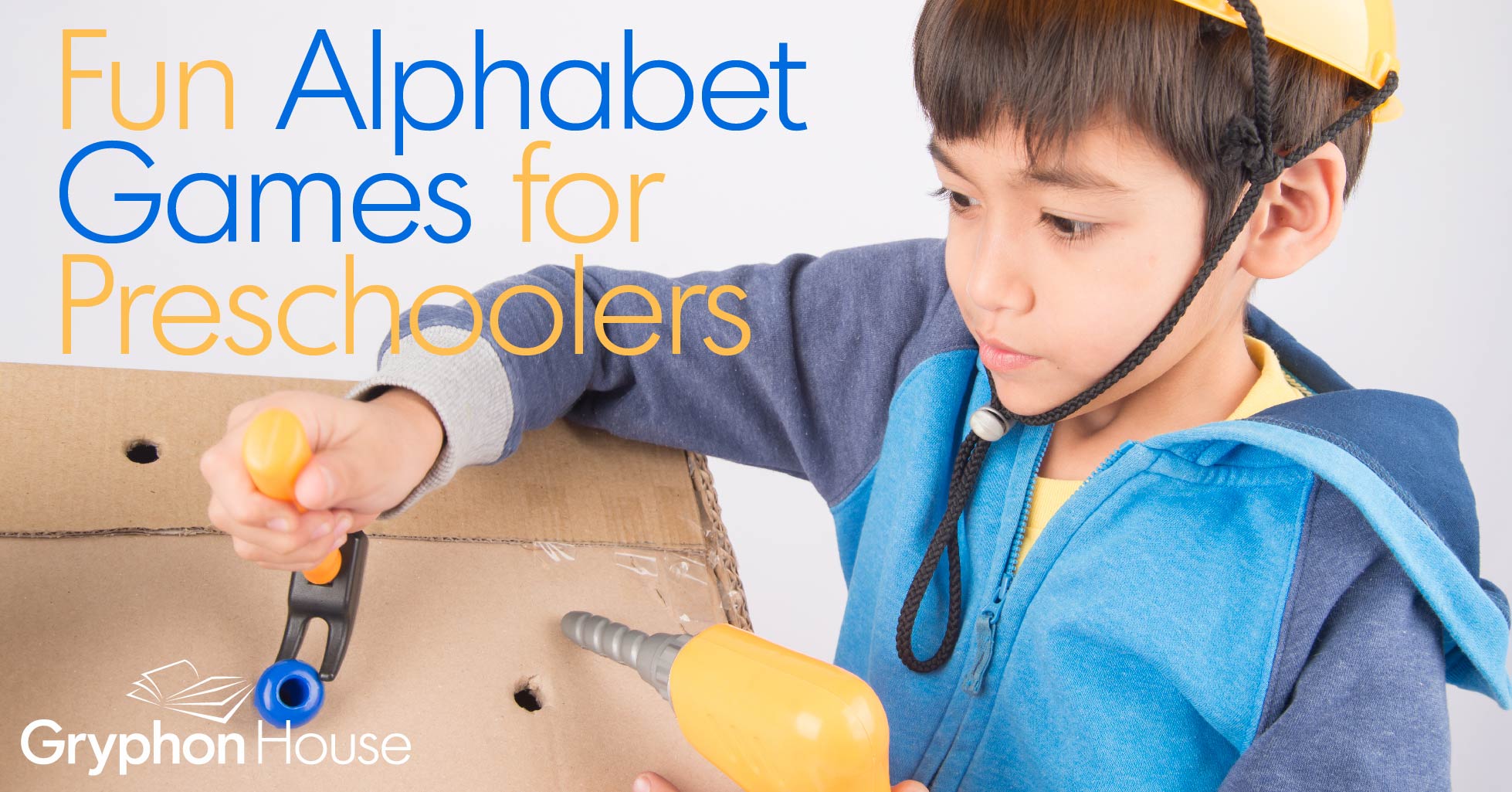Literacy doesn’t have to be limited to books! We use our reading skills all the time, whether we’re reading a stop sign, a shopping list, or a recipe. Engaging literacy activities pull reading out of workbooks and into real—or imaginary—life. Literacy is one of the most important skills we learn, but before we can read words, we have to start with letters. Young children may know how to sing the ABC song, but that doesn’t always mean they can recognize letters on paper. That is where early childhood literacy activities come in. Fun activities that incorporate letters into imaginative play let children approach reading from a whole new perspective, and make them more likely to see literacy as a fun and useful skill!
Literacy doesn’t have to be limited to books! We use our reading skills all the time, whether we’re reading a stop sign, a shopping list, or a recipe. Engaging literacy activities pull reading out of workbooks and into real—or imaginary—life. Literacy is one of the most important skills we learn, but before we can read words, we have to start with letters. Young children may know how to sing the ABC song, but that doesn’t always mean they can recognize letters on paper. That is where early childhood literacy activities come in. Fun activities that incorporate letters into imaginative play let children approach reading from a whole new perspective, and make them more likely to see literacy as a fun and useful skill!
Below are a few letter-based activities from Sherrie West and Amy Cox’s Literacy Play: Over 300 Dramatic Play Activities that Teach Pre-Reading Skills, one of many reading resources for teachers.
Mechanic (recognizing letters)
Materials:
- Baseball caps
- Big shirts
- Car manuals
- Empty, clean oil bottles
- Hubcaps
- Keys
- Large blocks
- Overalls
- Tools
- Stickers for name badges
Activity:
The kids are going to play mechanic! Give them the shirts, overalls, and caps so that they can dress the part. Then, there is the most important step: the nametags! Give each child a tag with their name written on it (if they are old enough, have them write their names themselves). Children learn to recognize the letters of their name before any others, and seeing their names written down makes it easier for them to see what the letters are doing. Seeing other children’s names written may introduce new understanding of other letters too. (i.e. “That is Brendan’s tag. It has a B on it. Brendan must start with B.”) Have the children take turns being the mechanics and the owners of the cars.
Fishing (connecting letters with words and forming new words)
Materials:
- A blue tarp
- A “boat”
- Boots
- Buckets
- Fishing poles
- Hats
- Nets
- Paper fish or stuffed fabric fish
- Yarn
- Fake worms
Activity:
Write letters on the fish and place them in the “stream” (the blue tarp). The children are going to play fisherman, but each time they catch a fish, ask them what letter is on it. If they say the correct letter, ask them if they know any words that start with the letter. Afterwards, have each child place the fish they caught in their buckets. When all the fish have been caught, have the children go through their buckets and try to make words using the letters on the fish.
Picnic (writing letters and words)
Materials:
- A basket
- A blanket
- Books
- Paper plates
- Paper cups
- Pencils
- Plastic utensils
- Play food
Activity:
This activity will let children write their own stories. Set out the blanket and the picnic things and let the children pretend to have a picnic. Talk to them about the type of food in the basket and all the things they brought along on the picnic. Then tell them that they will be writing a storybook about their picnic. Give each child a few sheets of paper with the lines “A little picnic we will make / In the basket we will take…” written at the top. The children will complete the sentence and draw a picture of what they took. For example, “A little picnic we will make / In the basket we will take…apples” and a drawing of an apple would follow.


